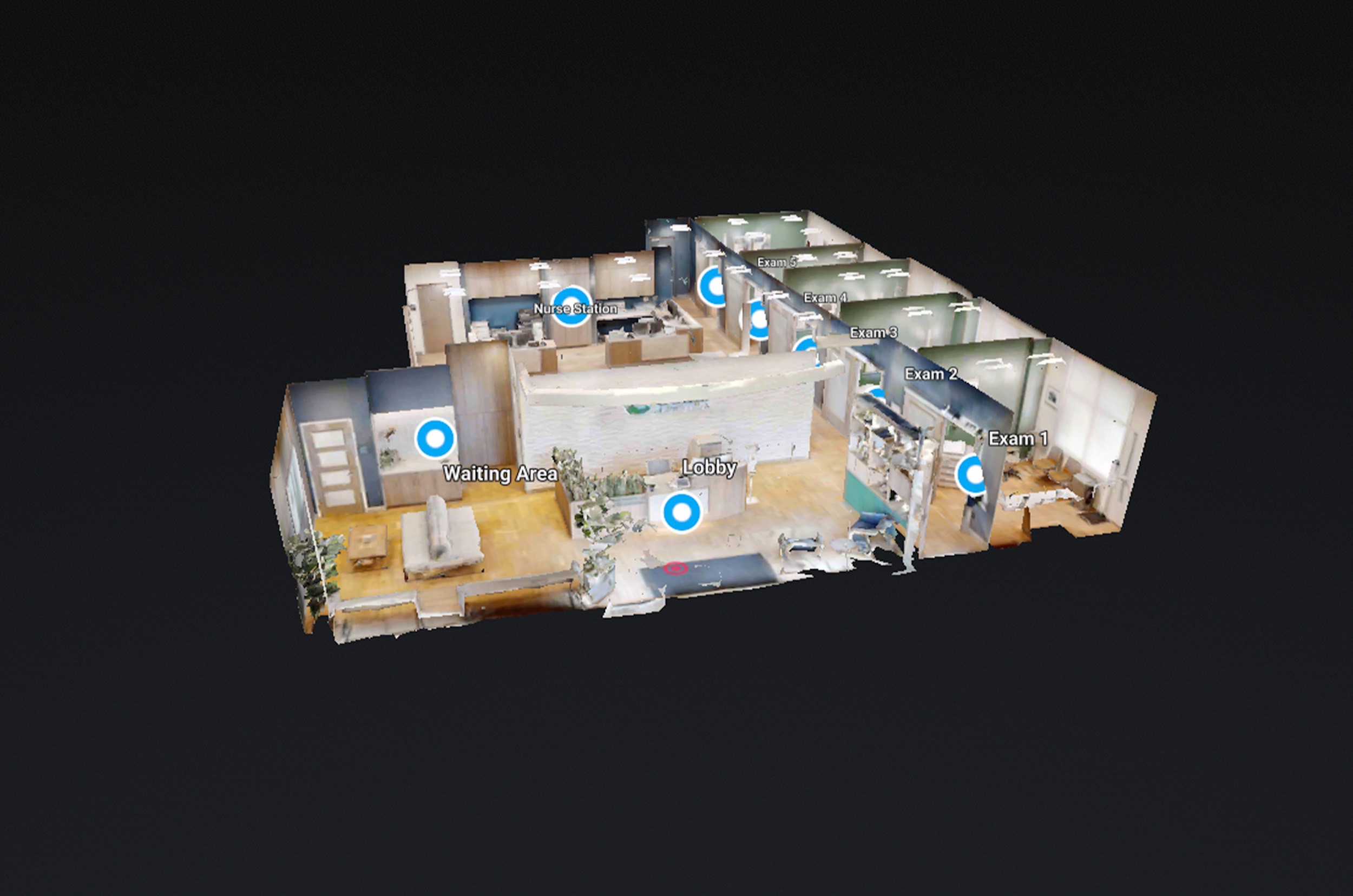In today’s fast-paced and ever-evolving commercial real estate market, investors are constantly seeking ways to maximize returns and minimize risk. One innovative solution is the use of 360 virtual tours, which provide a cutting-edge way to evaluate and analyze commercial real estate assets.
By leveraging the power of virtual reality, investors can gain a deeper understanding of properties, identify potential issues, and make informed investment decisions. In this blog, we’ll explore the benefits and best practices of using 360 virtual tours for commercial real estate investing.
- Enhanced Due Diligence: 360 virtual tours enable investors to conduct due diligence remotely, reducing the need for physical site visits and saving time and resources. This can be especially valuable for investors looking to evaluate multiple properties in a short timeframe.
- Improved Property Understanding: By exploring properties virtually, investors can gain a deeper understanding of the property’s layout, condition, and amenities. This can help identify potential issues, such as structural damage or environmental concerns, and inform investment decisions.
- Reduced Risk: 360 virtual tours can help reduce the risk associated with investing in commercial real estate. By identifying potential issues early on, investors can avoid costly mistakes and make more informed decisions.
- Increased Transparency: 360 virtual tours provide a level of transparency that was previously impossible. Investors can explore properties at their own pace, and gain a clear understanding of the property’s condition and features.
- Data-Driven Insights: 360 virtual tours provide valuable data and insights on user behavior, allowing investors to track engagement and identify areas of interest. This information can be used to refine investment strategies and optimize property performance.
- Competitive Advantage: By incorporating 360 virtual tours into their investment strategy, investors can differentiate themselves from competitors and establish a unique selling proposition.
Conclusion: 360 virtual tours are a game-changer for commercial real estate investors. By providing a cutting-edge way to evaluate and analyze properties, these tours can enhance due diligence, improve property understanding, reduce risk, increase transparency, and provide data-driven insights.
As the commercial real estate market continues to evolve, the use of 360 virtual tours will only become more prevalent. For investors looking to stay ahead of the curve, incorporating 360 virtual tours into their investment strategy is a must.







